+2006+Dave+Julian+-+Vienna+022.jpeg)
For the day that followed the public opening of "Giger in Wien" at the Kunsthaus Wien, a very special event had been planned and organised for us all.
Our group of world travellers, artists, collectors and publishers were to join company with HR Giger and his wife Carmen on a private tour of the Ernst Fuchs Museum.
Professor Ernst Fuchs is an Austrian born visionary artist and one of the original founders of the Vienna School of Fantastic Realism, which he formed with others in 1946.
He is known to have had great influence on the work of HR Giger, as well as other such unique artists as Victor Safonkin, Brigid Marlin and Alex Grey.
HR Giger and Professor Ernst Fuchs are close and long standing friends and are known to greatly admire each other's vast catalogue of works.
An introductory text written by Fuchs, entitled "The Archaeology of Toady and Tomorrow" can be found in two of HR Giger's books "Retrospective 1964 - 1984" and "Biomechanics".
A poem entitled "Poem for HR Giger" appears on the opening pages of HR Giger's "Retrospective 1964 - 1984".
In February of 2004, HR Giger hosted an exhibition for Ernst Fuchs at the HR Giger Museum Gallery in Gruyeres, Switzerland.
Coincidentally to all of this, Ernst Fuchs spent a period of his life during the 1950s working and living in Paris with fellow artist Fredensreich Hundertwasser, and it is this latter artist whose Museum was hosting the HR Giger exhibition "Giger in Wien" that we had all initially travelled to be a part of and to enjoy.
The Ernst Fuchs Museum is located in the Viennese suburban area of Hutteldorf.
The building was originally designed and constructed in 1889 by the architect Otto Wagner and hence became known as the Otto Wagner Villa.
Saved from becoming a mere ruin of its original architecture, the villa was purchased in 1972 by Ernst Fuchs and opened up as a museum and place of permanent exhibition for his Work in 1988 so as to celebrate and coincide with the villa's 100th anniversary.
Interior decorations of the villa, sculptures and paintings alike and all unique creations from the hands of Ernst Fuchs, would transport the visitor to an uncharted location, as though yet to be discovered, but still with visible ripples in time to a place of ancient regal elegance and splendour.
Paintings as large as interior walls of the villa would consume the viewer upon their gaze and appear to be self illuminated, as though a light of great intensity was being shone to the back of the painting so as to give this impression of illumination.
Outside of the villa, sculptures, designs and decor adorn areas of the gardens of the Museum house.
Vibrant colours that would glare back to the eye of the viewer shimmered in reflections in the sheen of lacquer applied to certain areas of outside decor.
+2006+Dave++Julian+-+Vienna+001.jpeg)

+2006+Dave++Julian+-+Vienna+003.jpeg)
+2006+Dave++Julian+-+Vienna+004.jpeg)
+2006+Dave++Julian+-+Vienna+005.jpeg)
+2006+Dave++Julian+-+Vienna+006.jpeg)
+2006+Dave++Julian+-+Vienna+007.jpeg)
+2006+Dave++Julian+-+Vienna+008.jpeg)
+2006+Dave++Julian+-+Vienna+009.jpeg)
+2006+Dave++Julian+-+Vienna+010.jpeg)
+2006+Dave++Julian+-+Vienna+011.jpeg)
+2006+Dave++Julian+-+Vienna+012.jpeg)
+2006+Dave++Julian+-+Vienna+013.jpeg)
+2006+Dave++Julian+-+Vienna+014.jpeg)
+2006+Dave++Julian+-+Vienna+015.jpeg)
+2006+Dave++Julian+-+Vienna+016.jpeg)
+2006+Dave+Julian+-+Vienna+017.jpeg)
+2006+Dave+Julian+-+Vienna+018.jpeg)
+2006+Dave+Julian+-+Vienna+019.jpeg)
+2006+Dave+Julian+-+Vienna+020.jpeg)
+2006+Dave+Julian+-+Vienna+021.jpeg)
+2006+Dave+Julian+-+Vienna+022.jpeg)
+2006+Dave+Julian+-+Vienna+023.jpg)
+2006+Dave+Julian+-+Vienna+024.jpg)



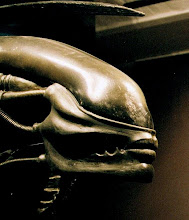+2006+Dave+Julian+HR+Giger+Vienna+Edit+001.jpeg)

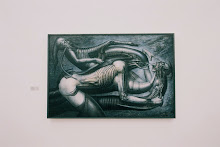


+2004+Dave+Julian+HR+Giger+avec+La+Medaille+de+la+Ville+de+Paris.jpeg)







+2005+Dave+Julian+HR+Giger+Prague+013.jpeg)
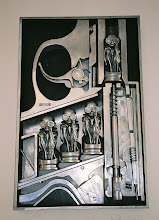



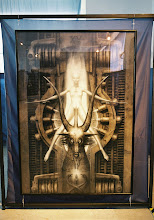










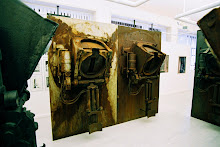
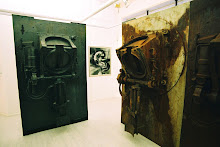


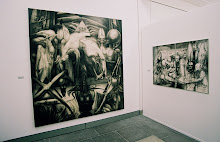




+2007+Dave+Julian+HR+Giger+Basel+B%26W+001.bmp)
+2004+Dave+Julian+HR+Giger+Gruyeres+001.bmp)
+2004+Dave+Julian+HR+Giger+Paris+024.bmp)
+2004+Dave+Julian+HR+Giger+Paris+002.bmp)
+2005+Dave+Julian+HR+Giger+Prague+001.bmp)
+2005+Dave+Julian+HR+Giger+Prague+009.bmp)
+2006+Dave+Julian+HR+Giger+Vienna+001.bmp)
+2006+Dave+Julian+HR+Giger+Vienna+003.bmp)
+2007+Dave+Julian+HR+Giger+Gruyeres+B%26W+001.bmp)
+2007+Dave+Julian+HR+Giger+Gruyeres+B%26W+002.bmp)
+2007+Dave+Julian+HR+Giger+Basel+B%26W+002.bmp)
+2007+Dave+Julian+HR+Giger+Basel+003.bmp)
+2007+Dave+Julian+HR+Giger+Chur+002-1.bmp)
+2007+Dave+Julian+HR+Giger+Chur+001.bmp)